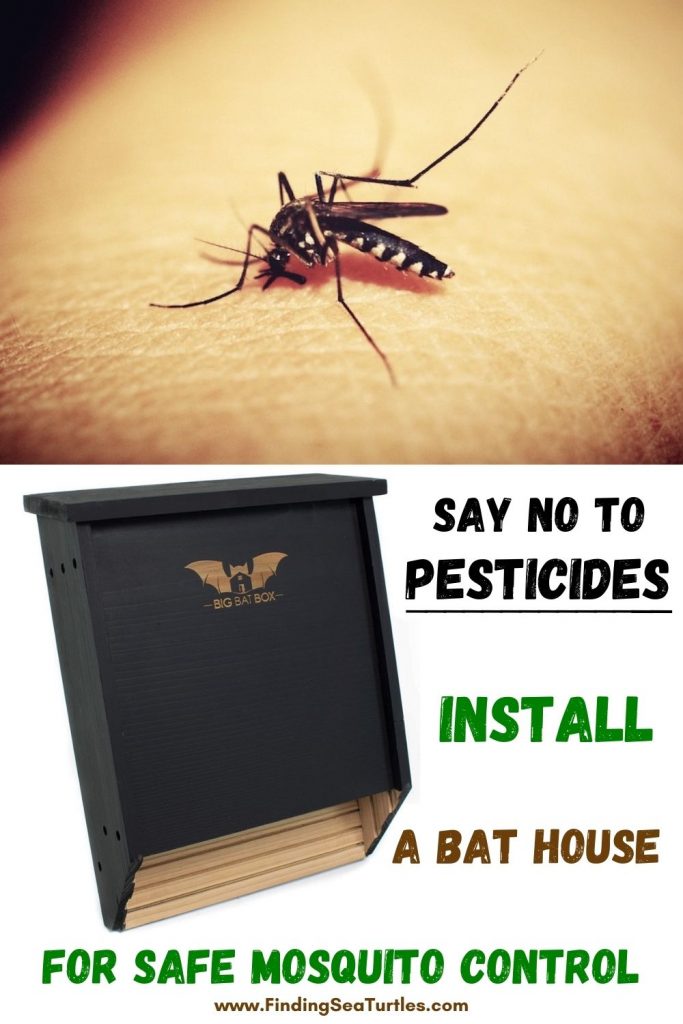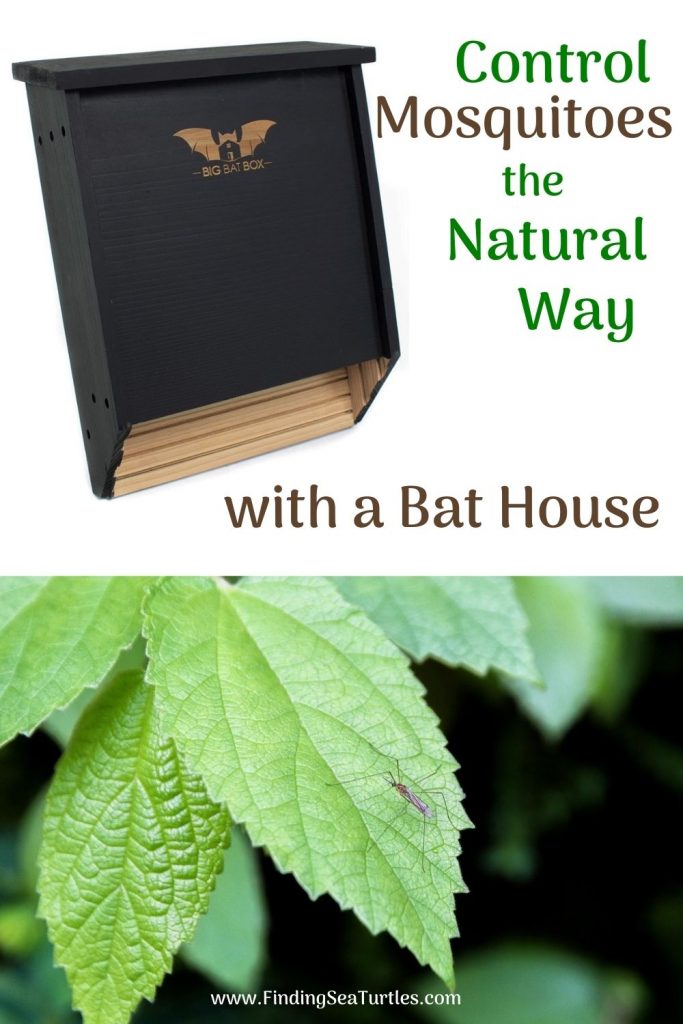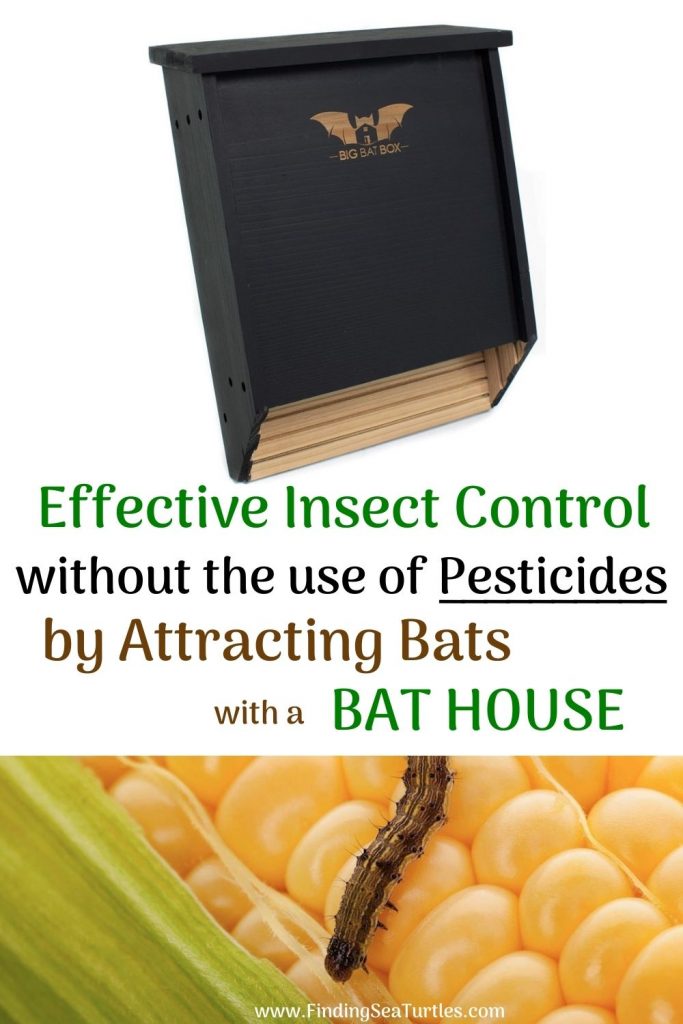Benefits of Bats to Plant Life
There are important benefits of bats to plant life. Bats are small flying mammals that support our ecosystem. These nocturnal creatures live throughout the world and count more than 1300 species. Some bat species are insect eating and others are fruit eating.
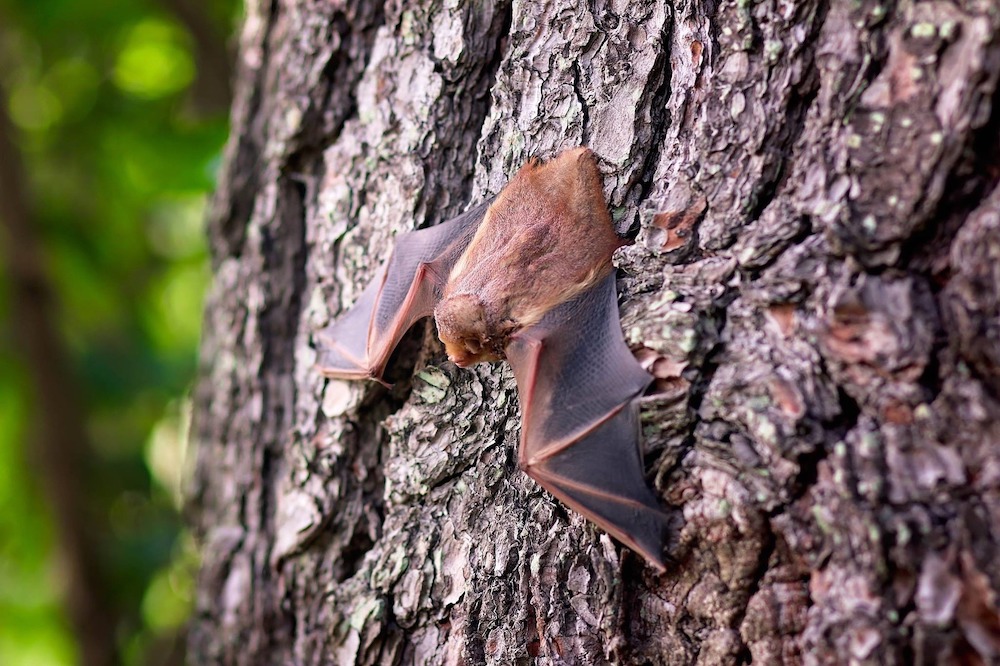
There are three critical activities that bats engage in. Activities that are a tremendous help to our environment. First of all, bats are a powerful insect control. Secondly, they are effective pollinators especially among plants that grow in remote regions. And third, bats are responsible for seed dispersal which helps plants reproduce. All three activities are essential for continuous healthy plant growth and life cycle.
Benefits of Bats to Plant Life – Insect Control
Insect eating bat species are called insectivorous. They eat insects every night. And the benefit of this to the plant life? No need to use chemicals or toxic bug control products that are harmful to the environment as well as your family. Bats are an effective defense in controlling insects around your home.
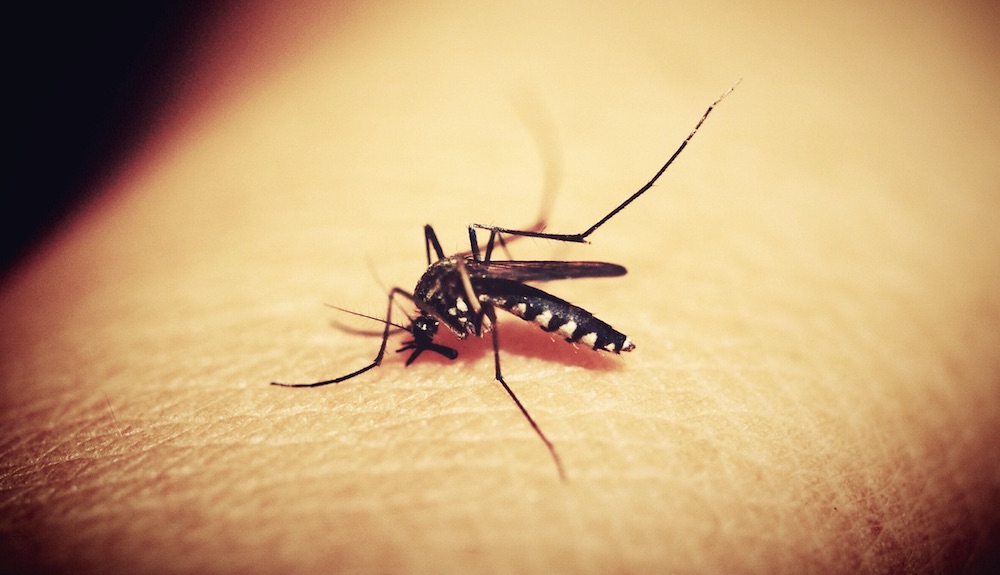
In the US, almost all bats species are insect eating. It is believed that a single bat alone eats up to 1,200 mosquito-size insects per hour! In a single night, bats typically eat between 6,000 to 8,000 insects. Bats prey on crop-destroying moths, cucumber beetles, flies, and gnats as well as mosquitoes. Bats are a natural insect control for a wildlife habitat. Insectivorous bats are predators of night-flying insects.
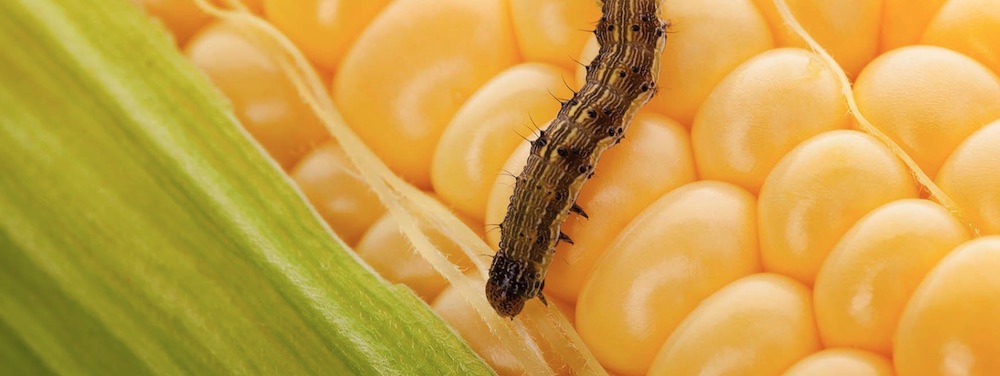
Some bat species of pregnant or nursing mothers can even consume up to their body weight in insects every night. At the Bracken Cave in Central Texas, millions of Mexican free-tailed bats eat huge numbers of insects each Summer night. These bats especially target the Corn Earworm moth also known as the Cotton Bollworm and Tomato Fruit worm. These worms attack commercial crops from artichokes to watermelons as well as corn, tomatoes, and cotton. Because the Mexican free-tailed bats are effective at keeping these worms from destroying crops they save the farmer money. Even more important, is that toxic chemicals are not needed to protect crops or a homeowner’s vegetable garden.
Benefits of Bats to Plant Life – Bats as Pollinators
Equally important, nectar-feeding bats are invaluable pollinators for plants of economic and ecological value. In North America, giant cacti and agave plants depend on bats for pollination. Whereas in the Tropical climates, fruit plants such as bananas, peaches, durian, cloves, Agava, and others rely on the bat population for pollination.
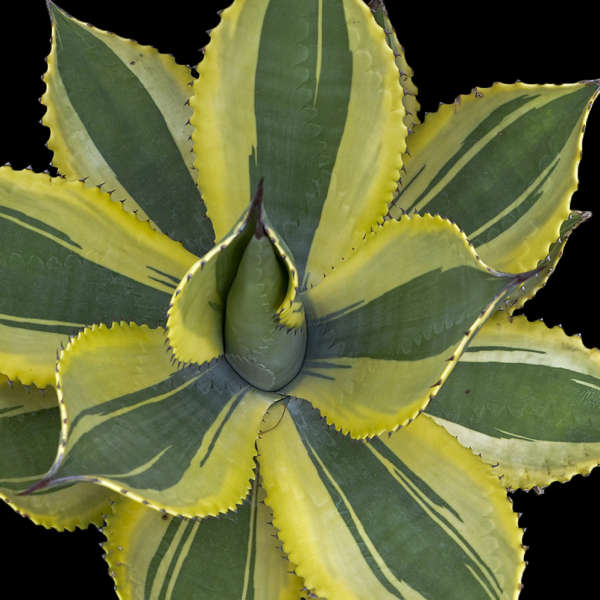
Tequila in particular, relies solely on bats for pollination of the agave plant’s flowers and reproduction. Bats are effective as pollinators that benefit plants for two reasons. First, they can carry larger amounts of pollen in their surrounding fur. And second, bats fly longer distances as well as travel to remote inaccessible areas. As a result of these unique characteristics, bats are effective pollinators. So important to the many ecosystems that rely on pollinators.
Throughout a Spring or Summer day, you’ll see bees, butterflies, along with the birds in the garden. All spreading pollen from flower to flower in the garden. In the evening once the Sun sets, other pollinators assume the pollinating duties of the garden. These nocturnal small flying beings are bats. Gardeners have not embraced bats over the years. Make no mistake, these pollinators are just as industrious as their fellow daytime pollinators.
Benefits of Bats to Plant Life – Seed Dispersal
Fruit eating bats help disperse seeds in tropical areas such as the rainforests. As seed dispersal occurs, bats not only support local economies, they also support the diverse wildlife population. Seed dispersal helps revitalize forests. One species of bats is known as “flying foxes” due to their big body size and larger eyes. They are found in tropical and subtropical areas such as Africa, Asia, and Australia. And on several tropical islands.
What are Bats attracted to in a garden?
Certain types of flowers are an attraction to bats. They include flowers with a musty, rotten odor that bats are drawn to.
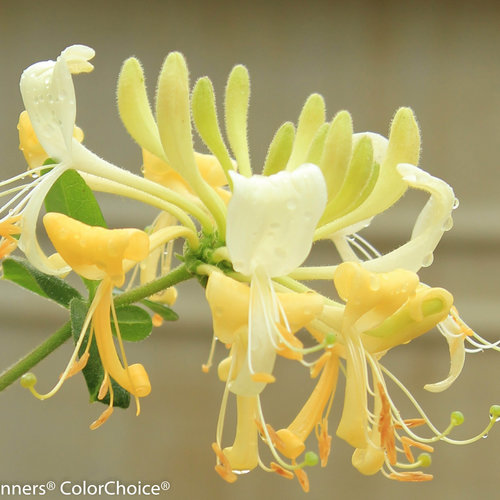
Fragrant evening blooming flowers are a big attraction to bats. Flowers such as:
- Dahlia
- Evening Primrose
- French Marigold
- Honeysuckle Vine
- Nicotiana
- Raspberry
- Thyme
Plants with blooms that are lighter and soft colored, appeal to night time bugs. And the bugs attract bats to the blooms.
Bats, just as all wildlife, seek water sources as well. They typically stay closer to water sources such as creeks, rivers, ponds, and other water sources.
Bats as Prey
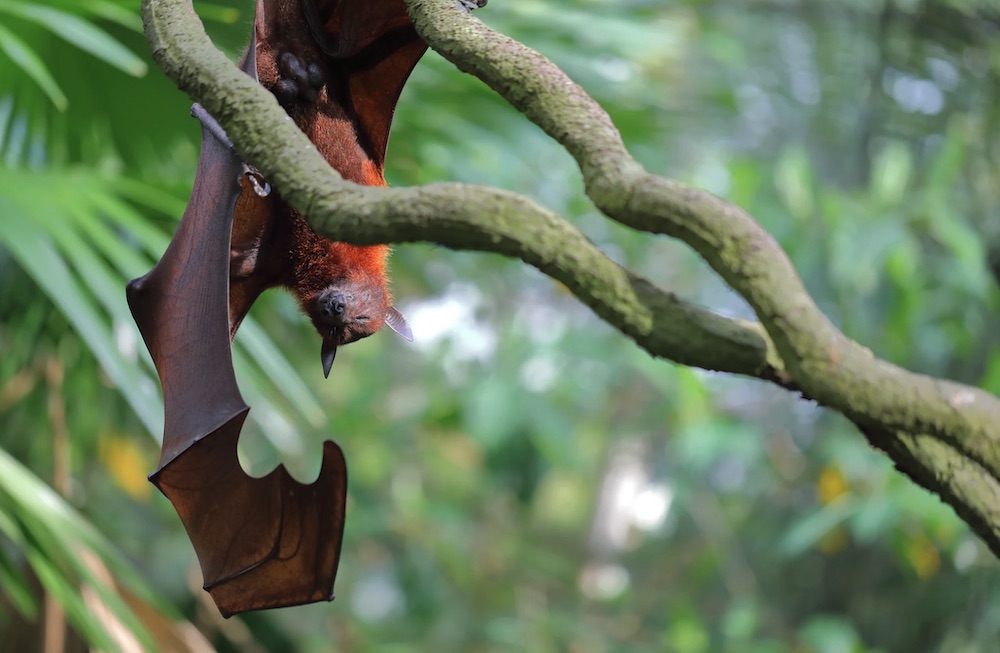
Just as some bats rely on thousands of insects each night for survival, other animals in the ecosystem rely on bats for their survival. Birds such as hawks, falcons, and owls eat bats. Mammals like weasels, ringtail cats, and raccoons can attack bats while they roost.
Rich Organic Fertilizer Another Benefit of Bats to Plant Life
Bat droppings or Guano is a valuable rich, natural fertilizer. Guano is mined responsibly with bats in mind and provides economic benefits for landowners and local communities.
If you found this helpful, we know you’ll enjoy these …..
You will enjoy our other gardening related posts.
Native Plants that Attract Birds
Native Shrubs that Attract Birds
How to Create a Wildlife Sanctuary with Native Plants
Host Plants for Monarch Butterflies
If you have any gardening questions, feel free to reach out to us. We always are ready to help you out. Be sure to include your zone and sunlight requirements with any of your gardening questions.
Thank you for dropping by.
Mary

